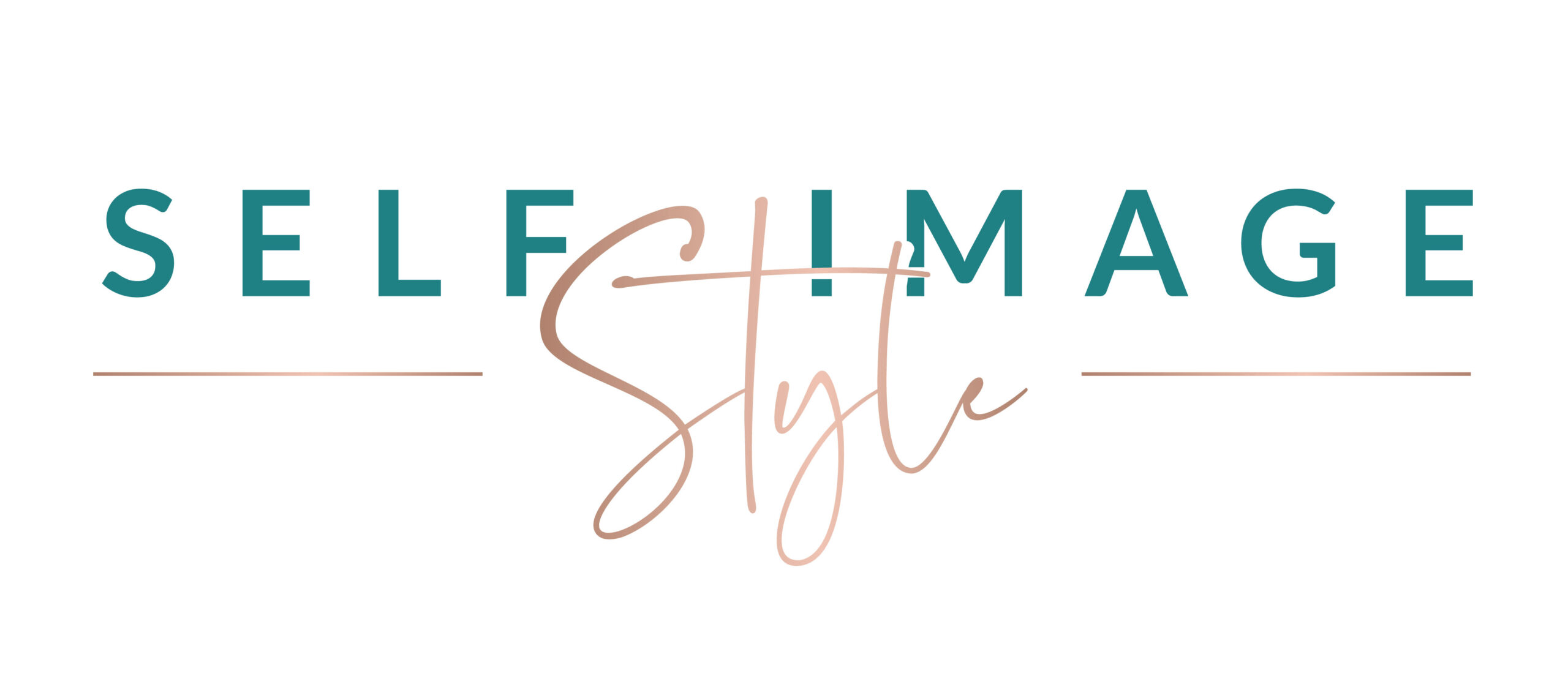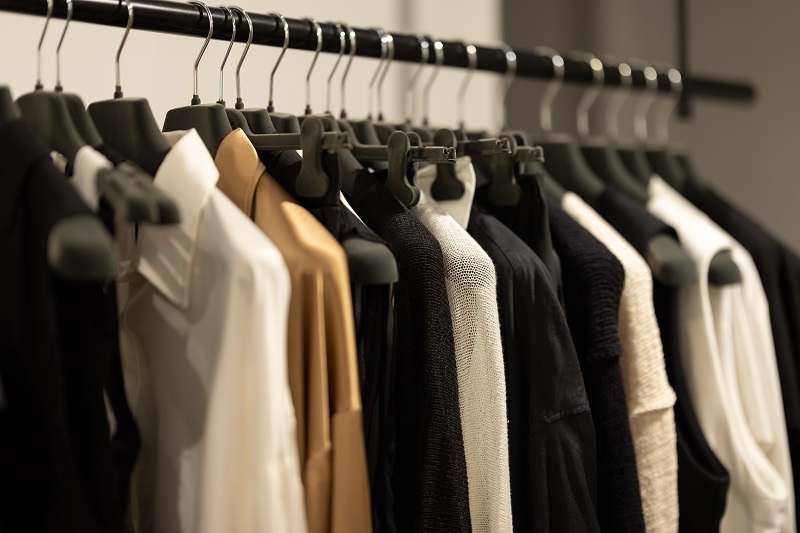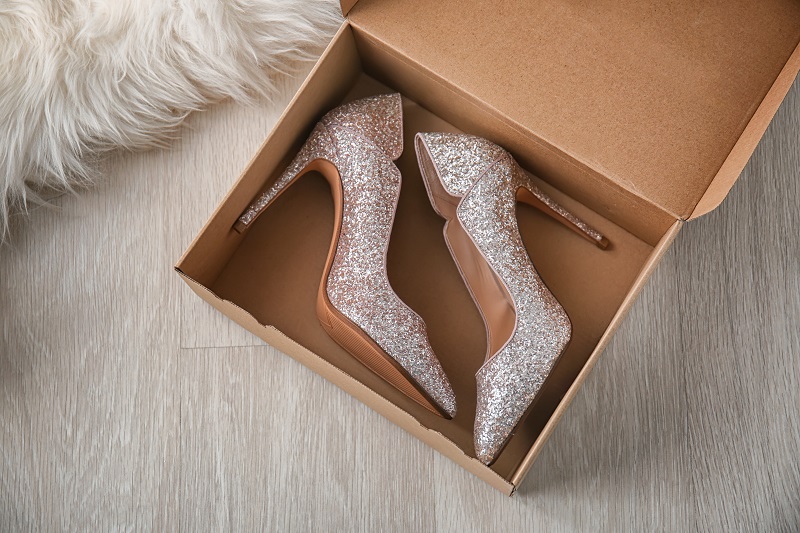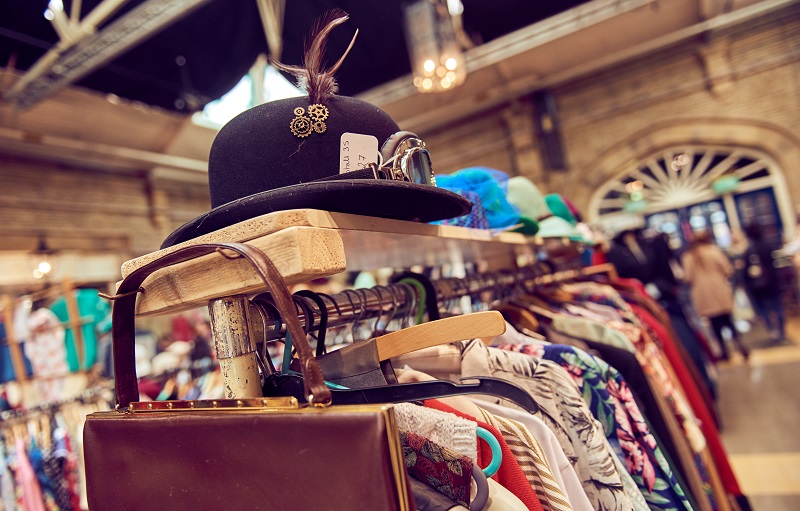
Why Buying Second-Hand Clothes Is a Smart, Sustainable Choice
In an era where climate change, over consumption, and economic pressures are daily realities, how we shop can have a surprisingly big impact.
One powerful way to make a difference is buying second-hand clothes. Whether you’re a budget-conscious shopper, a sustainability advocate, or someone who just loves unique style, second-hand fashion has something for you.
I have shopped second-hand for years, and would estimate over 25% of my wardrobe consists of second-hand items.
Here’s why choosing preloved clothing is a win for you and the planet.
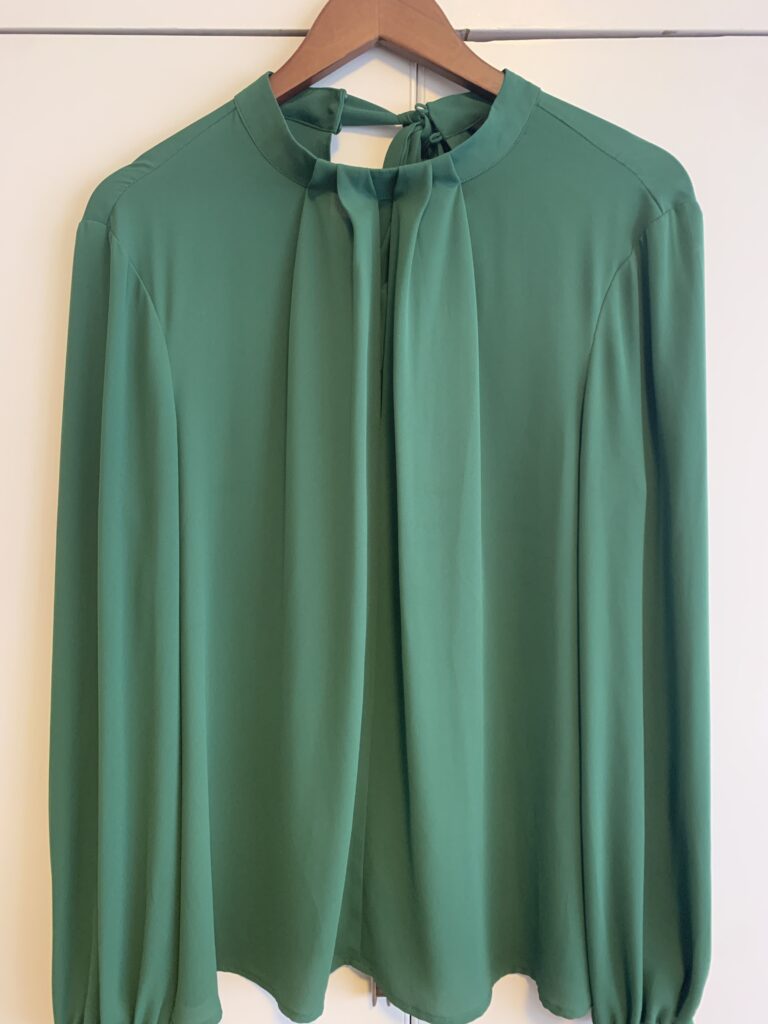
1. Save Money Without Sacrificing Style
Let’s start with the most immediate perk: second-hand clothes are significantly cheaper than new ones.
Whether you’re shopping at a local thrift store, vintage market, or online resale platform, you’ll find incredible deals—sometimes even on high-end designer items.
The best part? You get more value for your money. For the price of a single fast-fashion outfit, you could walk away with a small wardrobe of high-quality pieces that will last far longer.
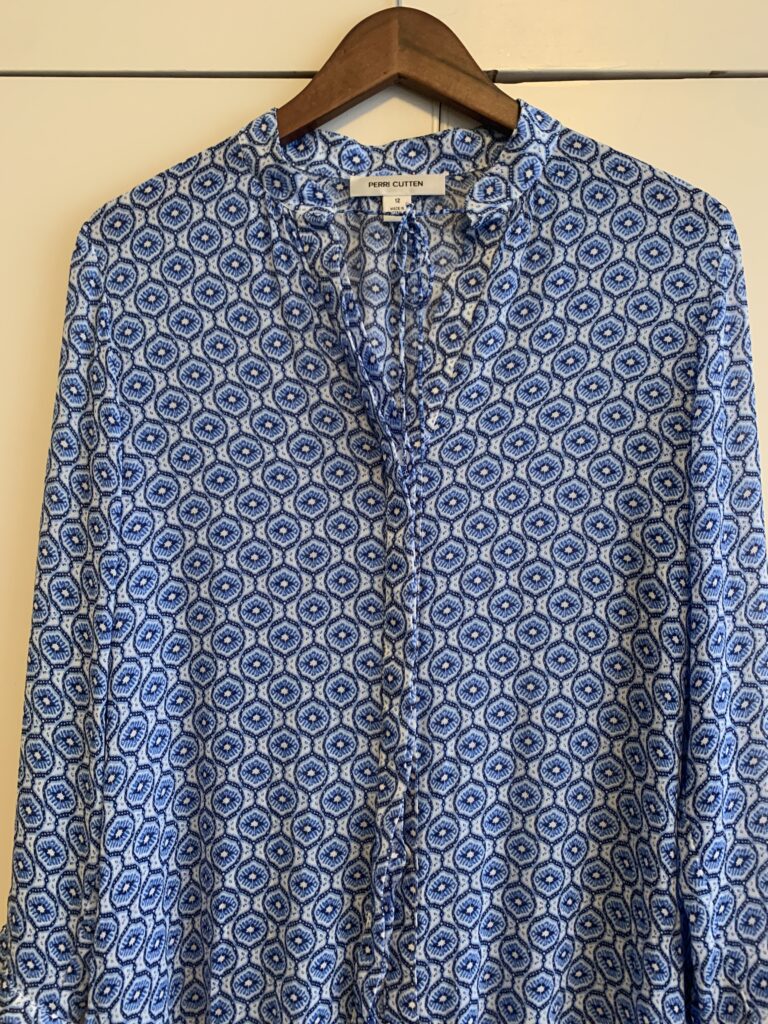
2. Reduce Waste and Keep Clothes Out of Landfill
The fashion industry generates millions of tons of textile waste each year, much of which ends up in landfill. Buying second-hand helps break that cycle by giving clothes a second (or third!) life.
Instead of contributing to the waste problem, you’re actively part of the solution. Every item you buy second-hand is one less item destined for the dump.

3. Conserve Natural Resources
The production of new clothing is incredibly resource-intensive. For instance, it takes around 2,700 litres of water to make a single cotton t-shirt; enough for one person to drink for two-and-a-half years!
Choosing pre-owned clothing reduces the need for new manufacturing, which also cuts down on water use, energy consumption, and the extraction of raw materials.
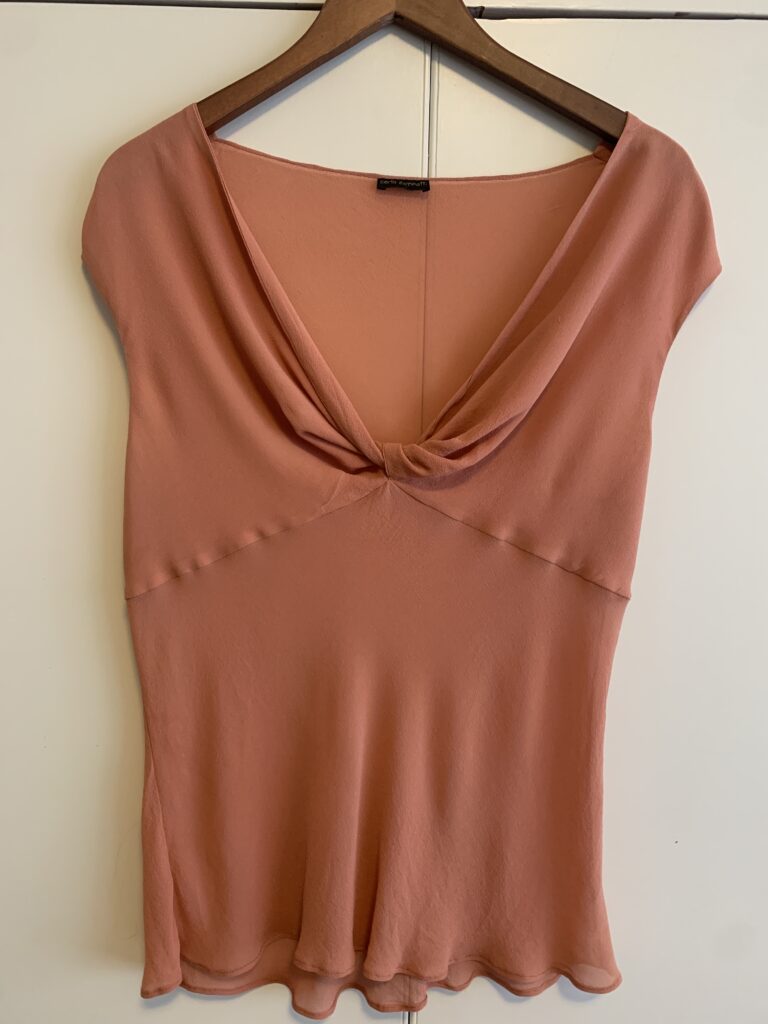
4. Lower Your Carbon Footprint
The fashion industry accounts for up to 10% of global carbon emissions. Most of that comes from manufacturing and transporting new items. By reusing what’s already made, you’re helping reduce the carbon emissions tied to clothing production.
Buying second-hand is a simple but powerful way to shrink your fashion footprint.

5. Embrace Sustainable Fashion and Ethical Shopping
Fast fashion often comes with hidden costs: exploitative labour practices, environmental degradation, and a culture of over consumption. Shopping second-hand is a more ethical alternative that supports a circular economy, an economy based on reusing, repairing, and recycling rather than buying new and discarding.
Every time you choose used over new, you’re casting a vote for a more responsible, sustainable future.
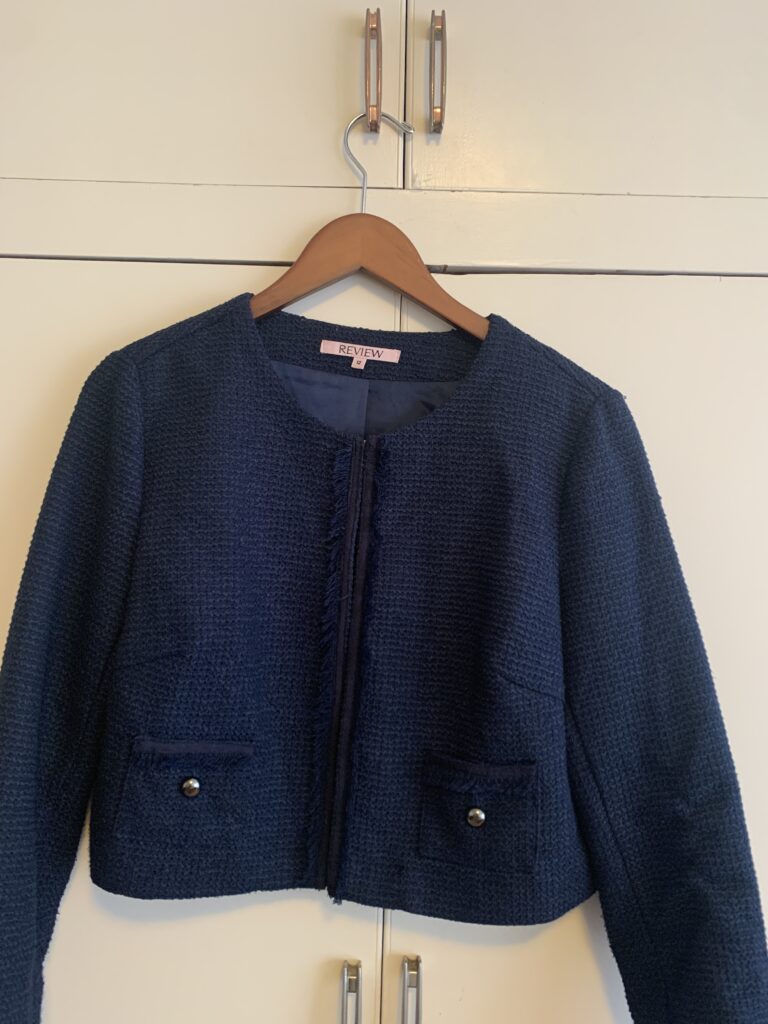
6. Discover Unique, One-of-a-Kind Pieces
Thrift and vintage stores are treasure troves of individuality. You’ll find unique cuts, patterns, and styles that aren’t available in mainstream stores. It’s a fantastic way to build a wardrobe that reflects your personal taste, not just the latest trend.
Plus, many second-hand clothes are vintage or timeless classics that never go out of style.

7. Support Local Charities and Communities
Many thrift shops are run by nonprofits or local organisations, meaning your money goes towards community programs, shelters, education, and more.
Shopping second-hand often supports a good cause – so you can look good and feel good at the same time.
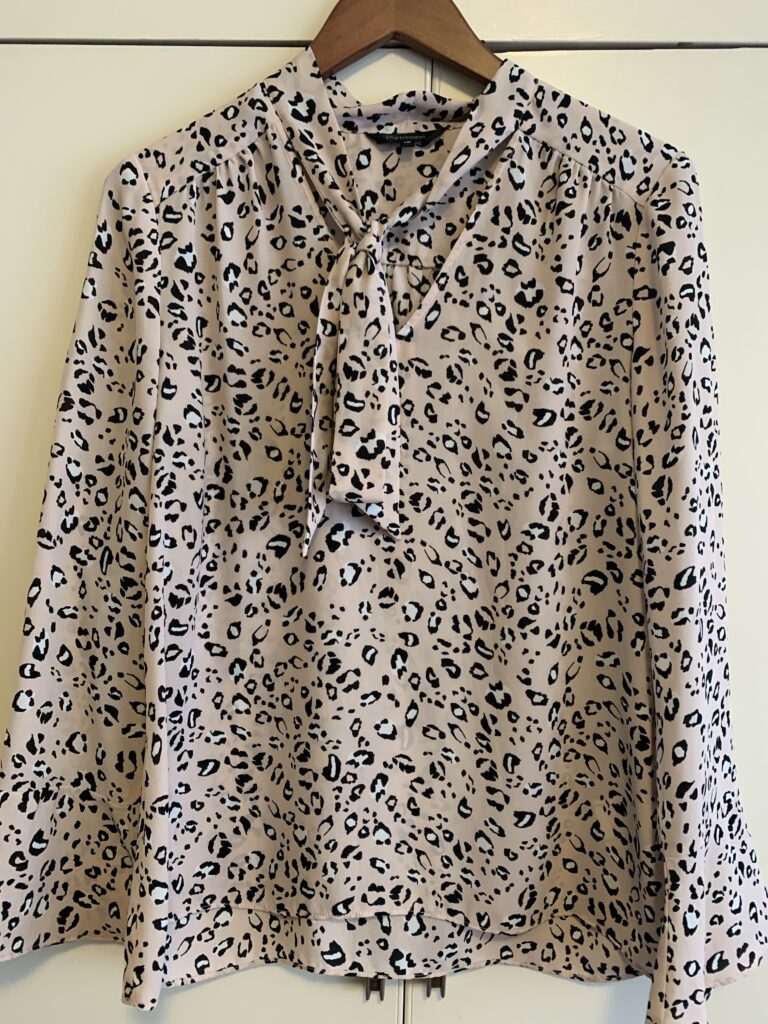
My Tips for Buying Second-Hand
- Start with brands you already know and love. This will give you the confidence to make smart purchasing decisions, as you already understand their sizing, fabrics and fit.
- Stick to your wish list, and avoid impulse buys. Remember The Rule of Three; only make the purchase if the item can be worn with three existing pieces in your wardrobe.
- Do not purchase stained items. Only purchased damaged items if you know you can fix them (or get them fixed); a missing button, a hem that is too long, etc.
- Once you’re comfortable buying second-hand clothes, branch out and look at unfamiliar brands. Always focus on quality.
- Wash – or dry clean – your purchases before wearing them.
- Stick to your budget. A bargain isn’t a bargain if you never wear it, or if you go into debt. Never go into debt for clothes.
Buying second-hand clothes is more than just a smart way to save money. It’s a meaningful lifestyle choice that benefits the planet, promotes sustainability, and empowers you to shop with purpose.
So next time you need to refresh your wardrobe, consider skipping the mall and heading to your local thrift store or online resale site instead.
Your wallet—and the Earth—will thank you.
As consumers we have so much power to change the world by just being careful in what we buy.
Emma Watson
